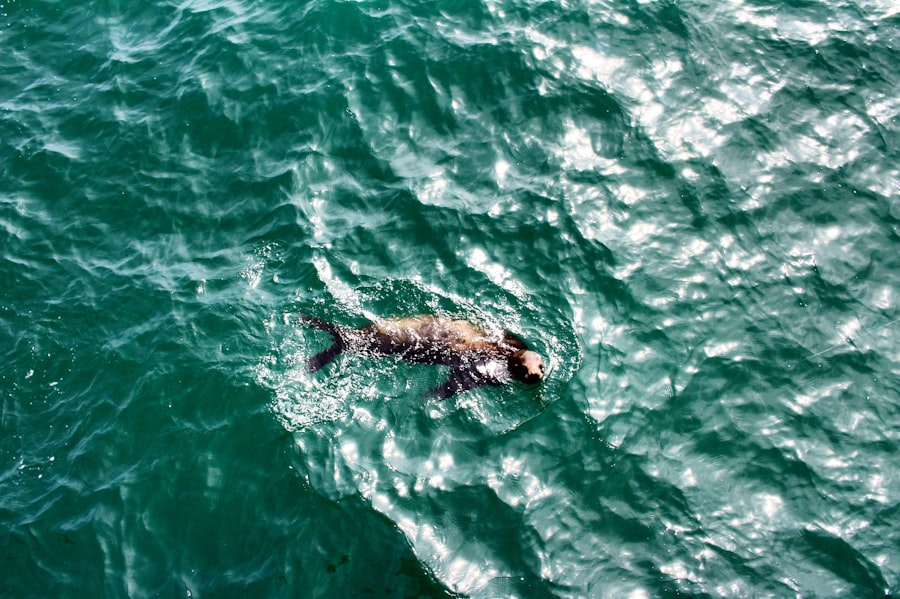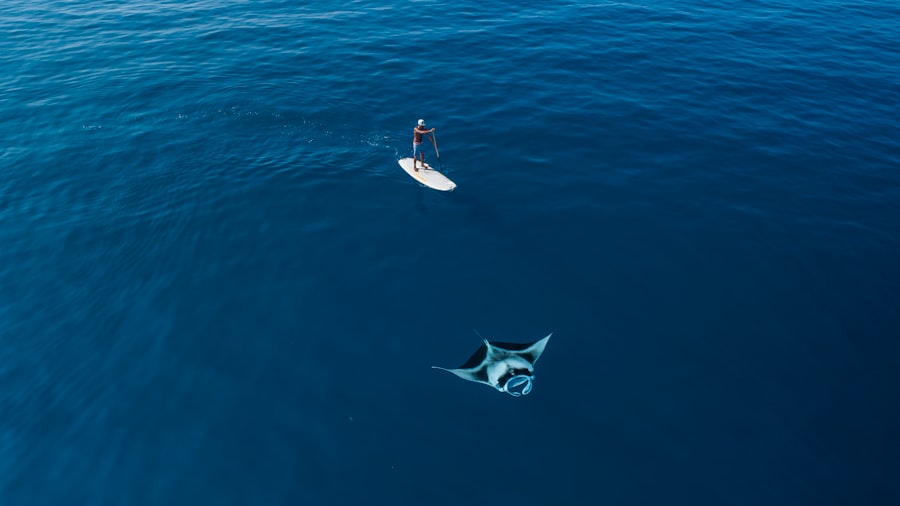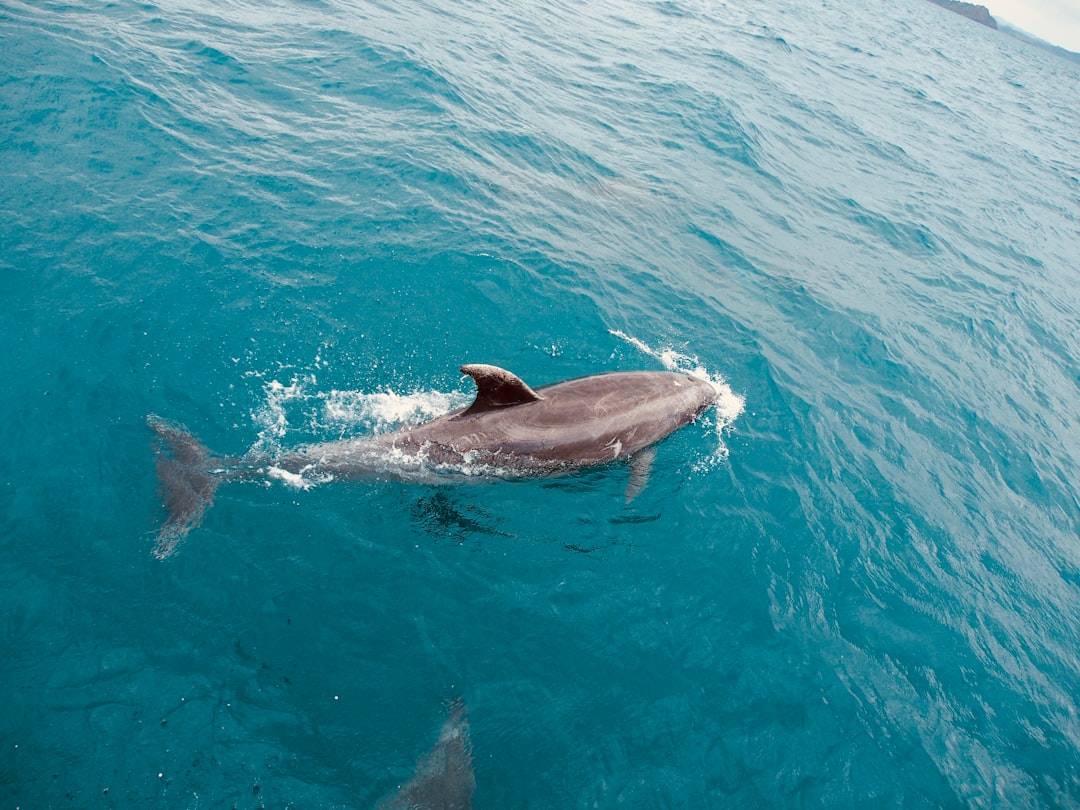The Drake Passage, a body of water located between the southern tip of South America and Antarctica, is renowned for its tumultuous seas and unpredictable weather. This narrow stretch of ocean, measuring approximately 800 kilometers (500 miles) wide, serves as a critical conduit for marine life and plays a significant role in global oceanic currents. Named after the English explorer Sir Francis Drake, who navigated these waters in the late 16th century, the passage is not only a geographical marvel but also a vital ecological zone.
Its unique position allows for the mixing of cold Antarctic waters with warmer currents from the Pacific and Atlantic Oceans, creating a dynamic environment that supports a rich diversity of marine species. The Drake Passage is often characterized by its rough seas, which can pose challenges for navigation and exploration. However, these turbulent waters are also a testament to the passage’s ecological significance.
The convergence of different water masses fosters a nutrient-rich environment that sustains a variety of marine life, including an array of fish, seabirds, and marine mammals. Among these inhabitants, sharks play a crucial role in maintaining the balance of the ecosystem. Understanding the dynamics of this region is essential for appreciating the intricate relationships between its inhabitants and the broader implications for marine conservation.
Key Takeaways
- The Drake Passage is a crucial waterway connecting the Atlantic and Pacific Oceans, known for its turbulent seas and unique ecosystem.
- The unique ecosystem of the Drake Passage supports a diverse range of marine life, including sharks, due to its nutrient-rich waters and strong currents.
- The Drake Passage is home to a variety of shark species, including the Antarctic sleeper shark, the southern sleeper shark, and the porbeagle shark.
- Sharks play a vital role in the food web of the Drake Passage, regulating the population of prey species and maintaining the balance of the ecosystem.
- Studying sharks in the Drake Passage presents numerous challenges, including harsh weather conditions, remote location, and limited access to research facilities.
The unique ecosystem of the Drake Passage
The ecosystem of the Drake Passage is marked by its remarkable biodiversity, shaped by the confluence of cold and warm ocean currents. This mixing creates an environment rich in nutrients, which supports phytoplankton blooms that form the foundation of the food web. These microscopic organisms are not only vital for the survival of many marine species but also play a significant role in carbon cycling and climate regulation.
The abundance of phytoplankton attracts various zooplankton species, which in turn serve as prey for larger fish and marine mammals. In addition to its nutrient-rich waters, the Drake Passage is home to various underwater features such as seamounts and deep-sea trenches that provide habitats for diverse marine life. These geological formations create microhabitats that support unique communities of organisms, including corals, sponges, and various fish species.
The interplay between these habitats and the surrounding waters contributes to the overall health and resilience of the ecosystem. As researchers continue to explore this region, they uncover new species and interactions that highlight the complexity and interconnectedness of life in the Drake Passage.
The diverse species of sharks in the Drake Passage

Sharks are among the most fascinating inhabitants of the Drake Passage, with several species calling these waters home. The region is known to host a variety of sharks, including the formidable great white shark, the sleek mako shark, and the more elusive thresher shark. Each species has adapted to thrive in this unique environment, showcasing a range of behaviors and feeding strategies that reflect their ecological roles.
For instance, great white sharks are apex predators that help regulate populations of seals and other marine mammals, while mako sharks are known for their incredible speed and agility. The diversity of shark species in the Drake Passage is not only a testament to their adaptability but also an indicator of the overall health of the marine ecosystem. Sharks play a crucial role in maintaining balance within their habitats by preying on weaker individuals within prey populations, thus promoting genetic diversity and resilience.
As researchers study these species, they gain insights into their behaviors, migratory patterns, and reproductive strategies, all of which contribute to a deeper understanding of their ecological significance.
The role of sharks in the food web of the Drake Passage
| Species | Role in Food Web | Impact |
|---|---|---|
| Antarctic Lantern Shark | Top predator, regulates prey populations | Controls population of smaller fish and squid |
| Patagonian Toothfish | Prey for larger sharks | Contributes to the diet of larger predators |
| Krill | Prey for smaller sharks | Supports the diet of smaller predators |
Sharks occupy a pivotal position in the food web of the Drake Passage, serving as both predators and prey within this complex ecosystem. As apex predators, they exert top-down control on marine populations, influencing the abundance and distribution of various species. By preying on seals, fish, and other marine organisms, sharks help maintain healthy populations and prevent overgrazing of key species such as krill and other small fish.
This predatory behavior is essential for sustaining the delicate balance within the ecosystem. Moreover, sharks also play a role in nutrient cycling within the Drake Passage. When they hunt or scavenge on dead marine animals, they contribute to the breakdown of organic matter, facilitating nutrient release back into the water column.
This process supports primary production by providing essential nutrients for phytoplankton growth. The interconnectedness of sharks with other marine life underscores their importance in maintaining ecosystem health and resilience.
The challenges of studying sharks in the Drake Passage
Studying sharks in the Drake Passage presents numerous challenges due to the region’s harsh environmental conditions and logistical difficulties. The unpredictable weather patterns can hinder research efforts, making it challenging for scientists to conduct field studies or deploy monitoring equipment. Additionally, the vastness of the passage means that researchers must cover large areas to gather comprehensive data on shark populations and behaviors.
Another significant challenge lies in the elusive nature of many shark species. Some sharks are highly migratory, traveling long distances across vast oceanic expanses, which complicates efforts to track their movements and understand their life cycles. Furthermore, limited access to advanced technology can restrict researchers’ ability to gather real-time data on shark populations.
Despite these obstacles, scientists remain committed to studying these remarkable creatures and uncovering their secrets within this dynamic marine environment.
Conservation efforts for sharks in the Drake Passage

Recognizing the importance of sharks in maintaining ecological balance, various conservation efforts have been initiated to protect these species within the Drake Passage. Organizations dedicated to marine conservation are working collaboratively with governments and local communities to establish protected areas that safeguard critical habitats for sharks and other marine life. These initiatives aim to mitigate threats such as overfishing, habitat degradation, and pollution that can adversely affect shark populations.
In addition to habitat protection, public awareness campaigns play a crucial role in promoting shark conservation. Educating local communities about the ecological significance of sharks fosters a sense of stewardship and encourages sustainable practices that benefit both marine life and human livelihoods. By engaging stakeholders at all levels, conservationists strive to create a comprehensive approach that ensures the long-term survival of shark populations in the Drake Passage.
The impact of climate change on sharks in the Drake Passage
Climate change poses significant challenges for marine ecosystems worldwide, including those found in the Drake Passage. Rising ocean temperatures can alter species distributions, affecting prey availability for sharks and disrupting established food webs. As water temperatures increase, some shark species may be forced to migrate to cooler waters in search of suitable habitats, potentially leading to shifts in population dynamics.
Understanding how climate change affects these apex predators is crucial for developing effective conservation strategies that address both immediate threats and long-term ecological shifts.
The importance of the Drake Passage for shark research
The Drake Passage serves as an invaluable natural laboratory for shark research due to its unique ecological characteristics and diverse shark populations. Researchers from around the world are drawn to this region to study various aspects of shark biology, behavior, and ecology. The passage provides opportunities to investigate how different shark species interact with their environment and respond to changing conditions.
Moreover, studying sharks in this region contributes to broader scientific knowledge about marine ecosystems and their resilience in the face of environmental changes. Insights gained from research conducted in the Drake Passage can inform conservation strategies not only for local shark populations but also for similar ecosystems globally. As scientists continue to explore this dynamic region, they uncover new information that enhances understanding of sharks’ roles within marine environments.
The future of shark populations in the Drake Passage
The future of shark populations in the Drake Passage remains uncertain as they face numerous threats from human activities and environmental changes. Overfishing remains one of the most pressing concerns, as unsustainable fishing practices can deplete shark populations faster than they can reproduce. Additionally, habitat degradation caused by pollution and climate change poses significant risks to their survival.
However, there is hope for shark populations if concerted conservation efforts are implemented effectively. By establishing protected areas, promoting sustainable fishing practices, and raising public awareness about the importance of sharks in marine ecosystems, stakeholders can work together to ensure healthier populations for future generations. Continued research will be essential for monitoring population trends and adapting conservation strategies as needed.
The relationship between sharks and other marine life in the Drake Passage
The relationship between sharks and other marine life in the Drake Passage is characterized by intricate interactions that highlight their interconnectedness within this vibrant ecosystem. Sharks not only serve as predators but also influence prey behavior through their presence. For example, smaller fish may alter their feeding patterns or habitat use when sharks are nearby as a survival strategy against predation.
Furthermore, sharks contribute to nutrient cycling within the ecosystem by scavenging on dead animals or excreting waste products that enrich surrounding waters. This nutrient input supports primary production by fostering phytoplankton growth—an essential component of the food web that sustains countless marine organisms. The complex relationships between sharks and other species underscore their vital role in maintaining ecological balance within this dynamic environment.
the significance of sharks in the Drake Passage
In conclusion, sharks hold immense significance within the ecosystem of the Drake Passage. As apex predators, they play a crucial role in regulating marine populations and maintaining ecological balance. Their presence influences not only prey dynamics but also nutrient cycling within this vibrant marine environment.
Despite facing numerous challenges from human activities and climate change, ongoing conservation efforts offer hope for their future survival. The unique characteristics of the Drake Passage make it an essential area for shark research and conservation initiatives. By understanding these remarkable creatures’ roles within their ecosystems, scientists can develop effective strategies to protect them while fostering sustainable practices that benefit both marine life and human communities alike.
Ultimately, safeguarding shark populations in this region is vital not only for preserving biodiversity but also for ensuring healthy oceans for generations to come.
The Drake Passage, a body of water located between the southern tip of South America and Antarctica, is known for its challenging conditions and diverse marine life, including various species of sharks. For those interested in learning more about the types of sharks that inhabit this region, a related article can be found on MyGeoQuest. This article provides insights into the unique ecosystem of the Drake Passage and the fascinating marine creatures that call it home. To explore this topic further, you can visit the article by clicking on this link.
WATCH NOW! Drake Passage: Earth’s Deadliest Waters Revealed
FAQs
What sharks are commonly found in the Drake Passage?
The most commonly found sharks in the Drake Passage are the Antarctic lanternshark, the southern sleeper shark, and the porbeagle shark.
Are there any dangerous sharks in the Drake Passage?
While the sharks in the Drake Passage are not known to be aggressive towards humans, the southern sleeper shark is a large species that could potentially pose a threat if provoked.
What is the Antarctic lanternshark?
The Antarctic lanternshark is a small bioluminescent shark species that inhabits the cold waters of the Southern Ocean, including the Drake Passage. It is known for its ability to produce light from photophores on its body.
What is the southern sleeper shark?
The southern sleeper shark is a large, slow-moving shark species that is found in the deep waters of the Southern Ocean, including the Drake Passage. It is known for its sluggish behavior and is rarely encountered by humans.
What is the porbeagle shark?
The porbeagle shark is a species of mackerel shark that is found in cold and temperate waters, including the Drake Passage. It is known for its streamlined body and is a popular target for sport fishing.
